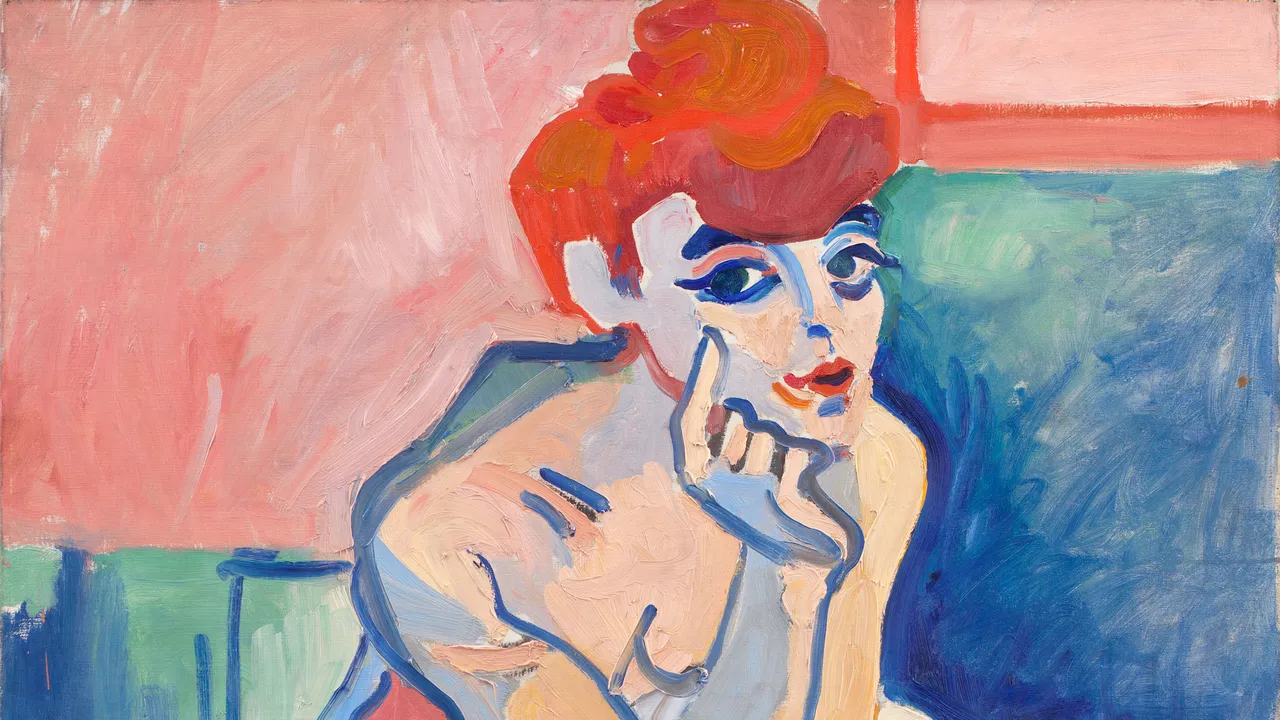
Robert Draws – The Wild World of Fauvism is a bold and expressive movement in the history of art. Emerging in the early 20th century, it was led by a group of revolutionary artists who broke away from tradition. Fauvism is known for its vivid use of color and abstract forms. Unlike the realistic depictions seen in previous styles, Fauvism focuses on emotional responses. The use of unnatural colors conveys the artists’ feelings rather than mimicking the world. This style changed how people viewed art and influenced many future movements.
The birth of Fauvism is often credited to Henri Matisse and André Derain. They were among the first artists to push boundaries in their work. At the 1905 Salon d’Automne in Paris, their paintings caused a scandal. Bright, raw colors and expressive brushstrokes were on full display. Critics quickly labeled the artists as “Fauves,” meaning “wild beasts” in French. This name stuck, and it is how we know the movement today. Fauvism was born out of the desire to escape the constraints of academic art.
“Read about: Frida Kahlo: The Iconic Artist Who Redefined Pain and Passion”
In Fauvism, artists did not use color to represent reality, but to convey emotion. The vivid colors aimed to evoke feelings rather than depict the physical world. For instance, artists like Matisse used bold reds, oranges, and blues to express a range of emotions. Consequently, nature, portraits, and still lifes appeared in these exaggerated hues. This radical approach significantly changed how artists viewed the relationship between color and emotion.
Moreover, the freedom in color choice was inspired by Post-Impressionism, particularly the work of Van Gogh and Gauguin. Both artists had used color to express emotions, thereby laying the groundwork for Fauvism. However, Fauvist artists took it a step further by ignoring the natural colors of objects. Instead, they favored colors that felt more aligned with their inner emotional state. Therefore, Fauvism elevated color to an entirely new level of expressive power.
“Read more: Tiny Masterpieces: The Skill Behind Micro-Detail Painting”
Another defining feature of Fauvism was the simplification of forms. Artists reduced shapes to their basic structures, abandoning fine details. Faces, landscapes, and objects became less about realism and more about the essence of the subject. This focus on abstraction was a break from traditional representational art.
The simplification allowed the artists to focus on their emotional response to the scene rather than on how it appeared realistically. Objects were often depicted in flat, unmodeled shapes, which contributed to the overall vibrancy of the work. This allowed for a unique and intense visual experience.
Though the movement itself was short-lived, lasting from roughly 1905 to 1910, Fauvism had a lasting impact. It paved the way for later developments in abstract and modern art. Artists who followed, including the German Expressionists and even the Surrealists, were inspired by the movement’s focus on emotion and color.
Today, Fauvism is considered a significant step toward modern art. Its legacy can be seen in the work of many contemporary artists who continue to experiment with color and form. Fauvist paintings are displayed in major art museums worldwide, admired for their vibrancy and boldness.
The influence of Fauvism is still present in today’s art world. Artists continue to explore the emotional power of color. Fauvist principles can be seen in modern abstract art, where emotion takes precedence over representation. The free, expressive style is also evident in street art and graffiti, where color plays an essential role. Even in the digital age, the use of color as an emotional tool remains a fundamental aspect of many artistic endeavors.
Fauvism was not just a brief artistic phase; it was a turning point in art history. It challenged established norms and opened new possibilities for future artists. By embracing bold colors and emotional expression, Fauvism helped to reshape the way we experience art.